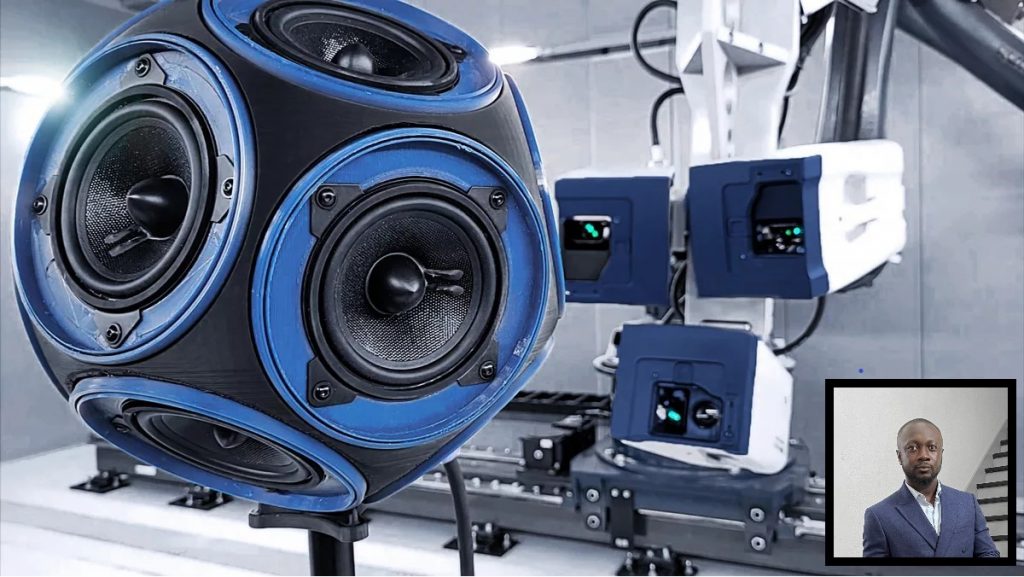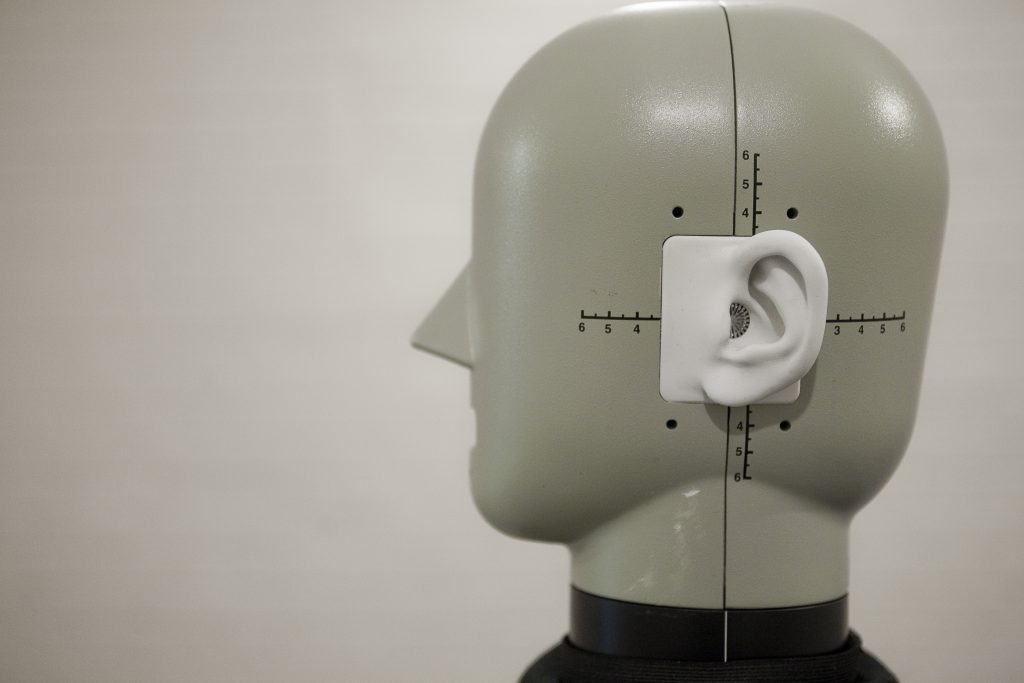Speaker: Hubert Owusu (Polytec)
Wed 1st May April 12:00 – 13:00 UK time. This seminar will be held in person in Peel LG05 and on Teams – you can join via this link.

Abstract:
The use of laser vibrometers to create Operational Deflection Shapes (ODS) is a sophisticated technique in structural dynamics that enables the evaluation of the vibrational characteristics of mechanical systems under operational conditions. With high precision and non-contact measurement capabilities, laser vibrometers accurately characterise structural vibrations across a wide frequency range. These sensors enable engineers to capture detailed dynamic responses of structures in real-world operating environments, facilitating the identification of critical modes, resonances, and structural anomalies.
Data processing algorithms, such as Modal Assurance Criterion (MAC) and Frequency Response Function (FRF), are used to extract meaningful information from the measured data and construct mode shapes. Furthermore, the combination of laser vibrometer data with modal analysis software enables the visualisation and quantification of mode shapes, providing valuable insights into structural behaviour and performance.
Applications of ODS analysis using laser vibrometers span various industries, including automotive, aerospace, civil engineering, and manufacturing, contributing to improved product design, reliability, and operational efficiency.
This underscores the significance of the laser vibrometers in advancing analysis capabilities enhancing structural dynamics assessment and engineering practices be it for speed, accuracy or resolution.
Many research applications in mechanical and civil engineering, biology and medicine benefit from testing and measuring with non-contact vibrometry. Laser vibrometers easily master challenging conditions like measuring on hot surfaces, on rotating parts, and characterise complex and sensitive structures even in the ultrasonic frequency range.
Characterise small and delicate structures in a non-contact way. Analyse vibration, acoustics, and dynamics. Measure biomedical samples, electronics components, and microstructures like MEMS by light, without mass-loading, and from DC up to the GHz range on a large bandwidth. Laser vibrometers focus on the intricate details, measuring deflection shapes for model validation. They assess the frequency response and determine resonance frequency, impulse response, and Q factor.
Biography:
Hubert Owusu is an Application Engineer at Polytec, specialising in vibrometers. With over one year of experience in the field, Hubert has a deep understanding of vibration measurement technology and its applications across various industries. At Polytec, he provides technical expertise and support to customers, helping them optimise their measurement processes and achieve their goals efficiently. Hubert holds a Bachelor of Honours degree in Mechanical Engineering from Coventry University. Outside of work, he enjoys playing the drums and cycling.
